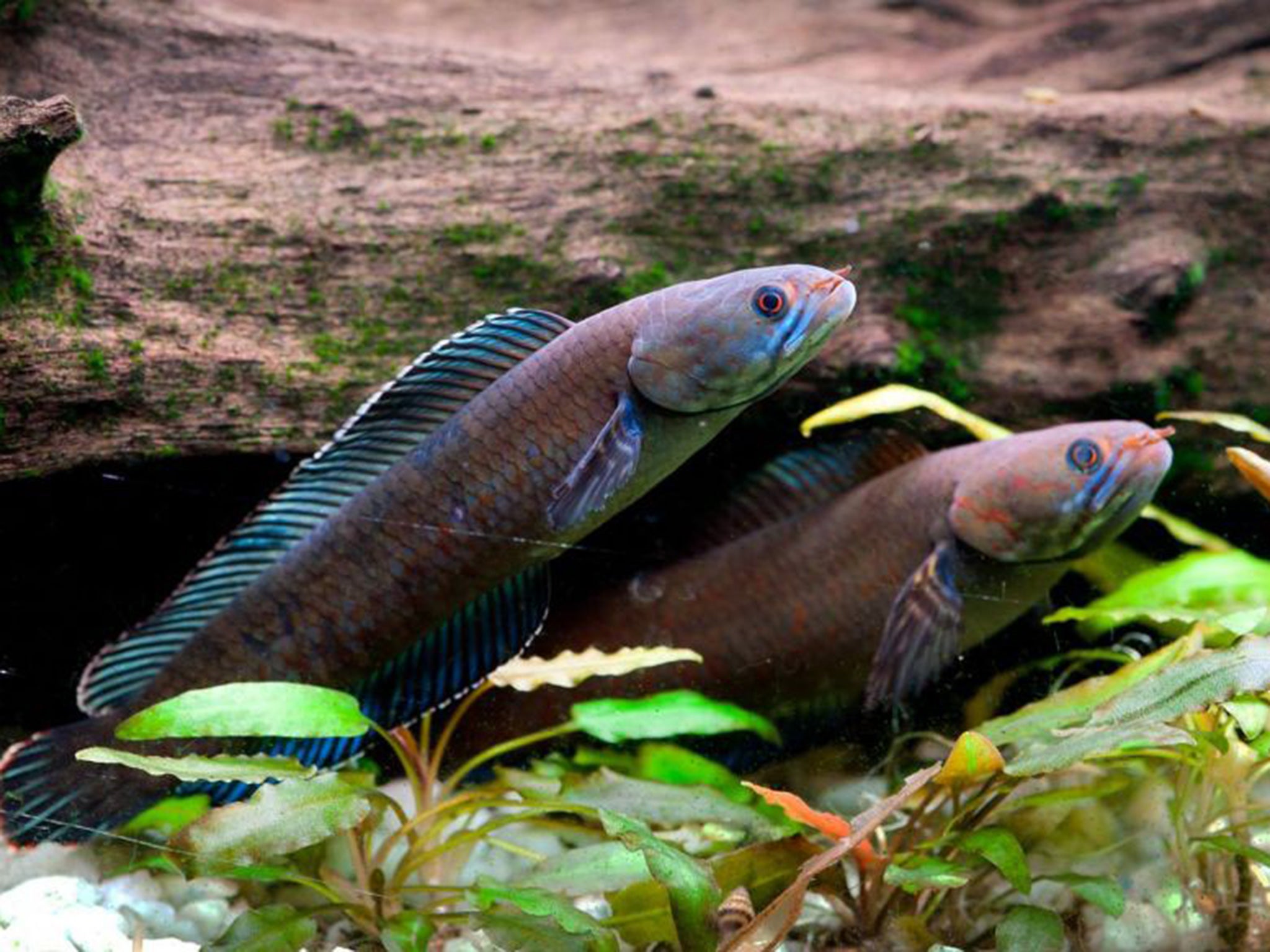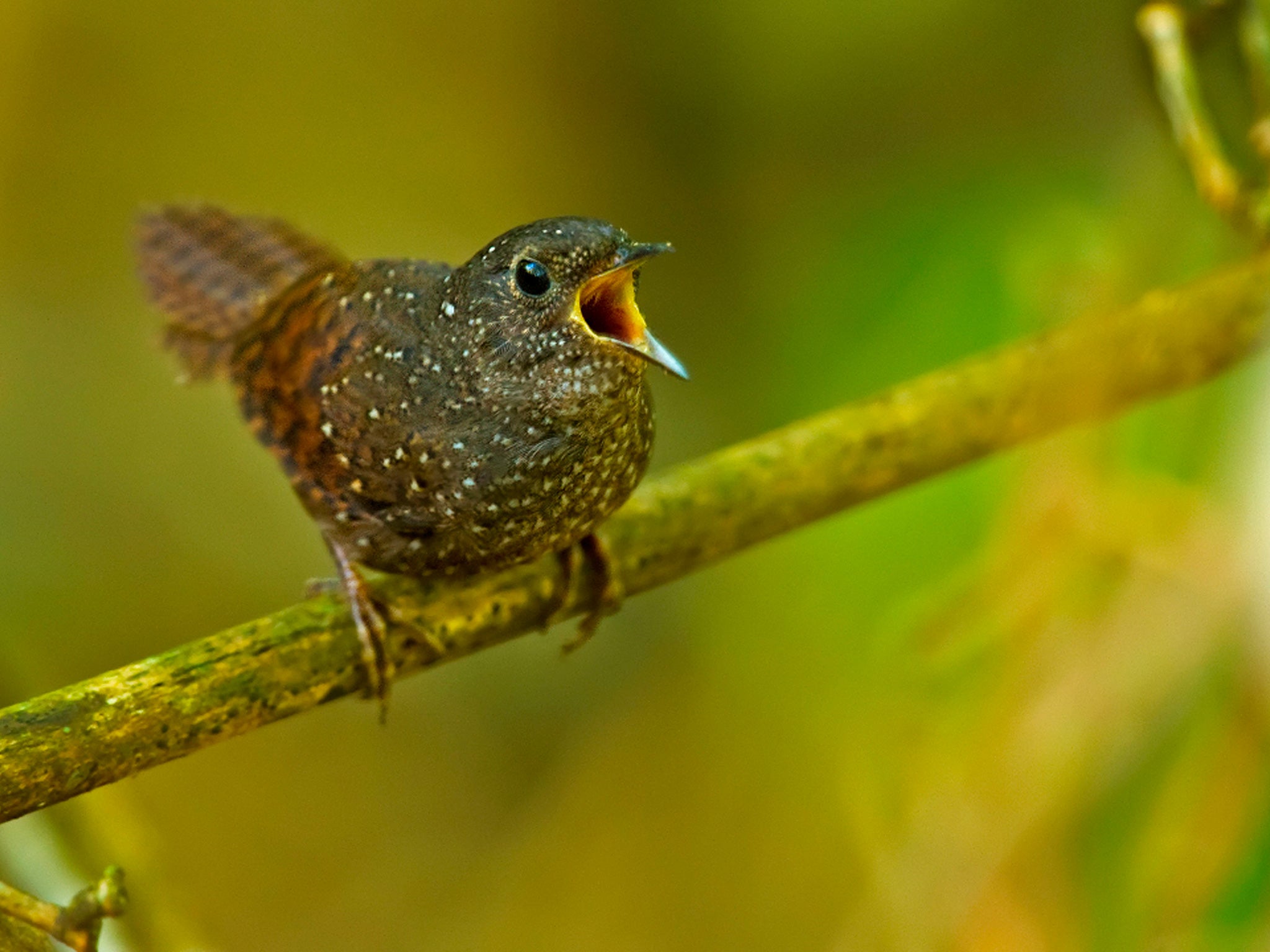Sneezing monkeys and walking fish among 200 new Himalayan species discovered
The region’s rich diversity is largely down to a landscape of steep mountains and valleys

Your support helps us to tell the story
From reproductive rights to climate change to Big Tech, The Independent is on the ground when the story is developing. Whether it's investigating the financials of Elon Musk's pro-Trump PAC or producing our latest documentary, 'The A Word', which shines a light on the American women fighting for reproductive rights, we know how important it is to parse out the facts from the messaging.
At such a critical moment in US history, we need reporters on the ground. Your donation allows us to keep sending journalists to speak to both sides of the story.
The Independent is trusted by Americans across the entire political spectrum. And unlike many other quality news outlets, we choose not to lock Americans out of our reporting and analysis with paywalls. We believe quality journalism should be available to everyone, paid for by those who can afford it.
Your support makes all the difference.A snub-nosed monkey that sneezes when it rains, a walking fish and a jewel-like snake are among more than 200 new species discovered in the eastern Himalayas, according to a new report.
It reveals that 133 new species of plants, 39 invertebrates, 26 fish and 10 amphibians have been found there since 2009 – a scale of discovery which confirms the region, spanning Bhutan, north-east India, Nepal, north Burma and southern Tibet, as among the most biologically diverse in the world.
One new bird – the spotted wren-babbler – was also discovered in the region over the period, as well as one reptile and one mammal species – bringing the total new species discovered in the region in the past 15 years to 550.
The discoveries also include three new species of wild bananas, including the Musa markkui, named after the renowned banana scientist Markku Hakkinen, and Leptobrachuium Bompu, a frog with a striking greyish-blue iris and a black pupil.

The region’s rich diversity – one in 10 of the world’s bird species lives there – is largely down to a landscape of steep mountains and valleys. This has created isolated habitats with many species that are unique to the area, according to the wildlife charity WWF which produced the report.
However, climate change and intensive development is destroying the region’s eco-systems at an alarming level, with only a quarter of its original habitats remaining fully intact, the report said.
“These new discoveries show that there is still a huge amount to learn about the species that share our world. It is a stark reminder that if we don’t act now to protect these fragile eco-systems, untold natural riches could be lost forever,” said WWF-UK’s chief adviser of species Heather Sohl.
“The region is currently facing a wide range of threats and pressures, with climate change by far the most serious. But population growth, deforestation, overgrazing, poaching, the wildlife trade, mining, pollution and hydropower have all contributed to the pressures on the fragile ecosystems in the region,” she added.
One of the more unusual species discovered in recent years is Snubby, the nickname given to Rhinopitecus Strykeri, a black and white snub-nosed monkey which locals claim is easy to find when it is raining. This is because rainwater gets into their upturned noses causing them to sneeze – an eventuality they avoid if they can by sitting with their heads tucked between their knees.
The vibrant blue dwarf walking Snakehead fish is another unusual find. Amazingly this fish is able to breathe atmospheric air and can even survive on land for up to four days. And while its movements on land may appear more cumbersome than a smoothly slithering snake, it can writhe and wriggle its way up to a quarter of a mile on wet land between bodies of water.
The newly discovered bejewelled lance-headed pit viper, meanwhile, is emblazoned with an ornate yellow, red and orange pattern that, at first glance, looks like a carefully crafted piece of jewellery.
Join our commenting forum
Join thought-provoking conversations, follow other Independent readers and see their replies
Comments